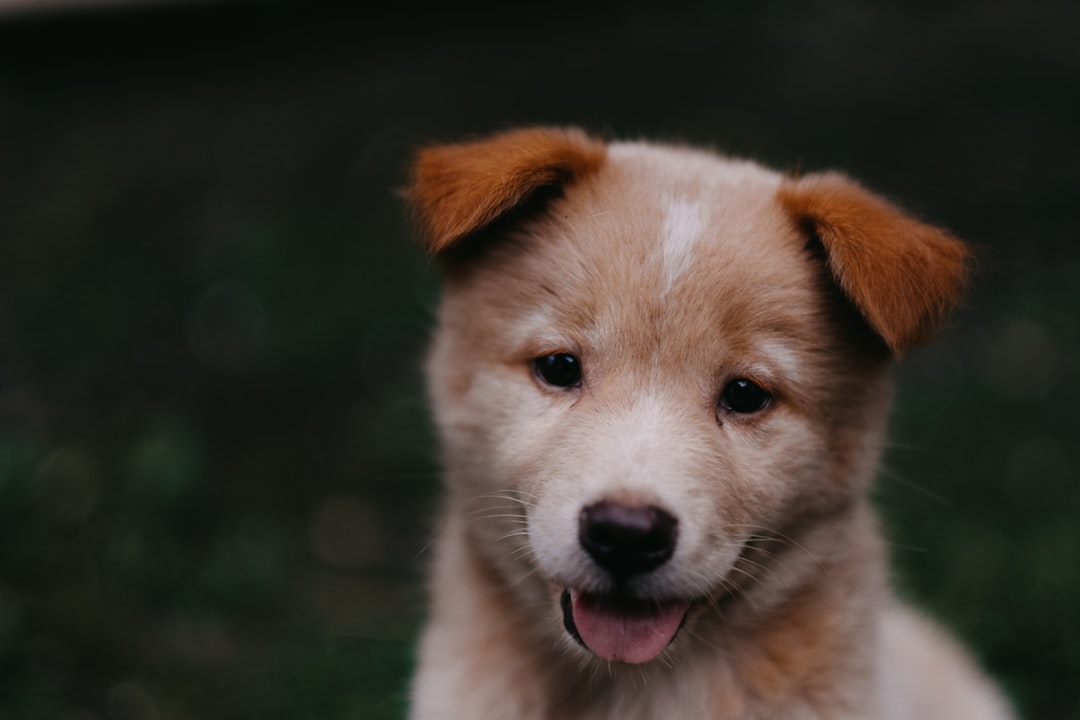Potty Training Puppies: A Guide to Success
This article provides tips on how to potty train a puppy, including signs of readiness, establishing a routine, positive reinforcement strategies, incorporating crate training, and transitioning to independence.
Puppy’s Readiness for Potty Training
Before initiating potty training, it’s crucial to observe signs indicating a puppy’s readiness. Common signs include the ability to follow simple instructions, keeping a diaper dry for at least 2 hours, and displaying an interest in using the designated potty area [1]. These signs signify that the puppy is developing the necessary control over its bodily functions and is receptive to the training process.
An example illustrating a sign of readiness is when the puppy starts showing an interest in using the designated potty area. This could be observed through the puppy’s behavior such as sniffing around the area, circling, or making efforts to communicate its need to go outside or to the potty area.
Ideal Timing for Potty Training
The timing for potty training a puppy is essential for successful training. Generally, it is recommended to commence potty training when the puppy has reached an age where it can walk, sit, and potentially pull down its pants. Additionally, the puppy should be able to stay dry for longer periods and demonstrate understanding of basic directions [3]. These milestones indicate that the puppy has developed the physical and cognitive abilities necessary for potty training.
For instance, when a puppy can stay dry for longer periods and starts showing interest in using the toilet, it is a strong indicator that it may be ready for potty training. This readiness signifies that the puppy has developed a level of bladder control and is receptive to the training process.
Establishing a Consistent Routine
Establishing a consistent routine is paramount in potty training puppies. This involves setting specific times for potty breaks, maintaining a regular schedule, and promptly responding to the puppy’s cues indicating the need to go outside or use the designated potty area. [3]. Consistency in the routine helps the puppy understand and anticipate the times for potty breaks, facilitating a more effective training process.
For example, setting specific times for potty breaks, such as after meals, playtime, and upon waking up, helps the puppy learn when it is expected to go outside. This routine also assists in preventing accidents indoors by ensuring the puppy has ample opportunities to relieve itself at appropriate times.
Positive Reinforcement Strategies
Positive reinforcement plays a vital role in potty training puppies. Utilizing small rewards, such as treats or verbal praise, for successful potty breaks encourages the puppy to repeat the desired behavior. It is important to avoid punishment for accidents and handle them calmly, as punishment can create anxiety and hinder the training process.
An example of positive reinforcement is when the puppy receives a small treat and enthusiastic praise immediately after successfully using the designated potty area. This positive association reinforces the behavior, making the puppy more inclined to repeat the action during future potty breaks.
 Incorporating Crate Training
Incorporating Crate Training
Crate training can be an effective tool in potty training puppies. It involves introducing the puppy to a crate, which can aid in establishing a routine for potty breaks and preventing accidents indoors. The crate should be a comfortable and positive space for the puppy, serving as a den where it can rest and feel secure.
For instance, by gradually introducing the puppy to the crate and ensuring it associates the crate with positive experiences, the crate becomes a valuable aid in potty training. The puppy learns to view the crate as its safe space and is more likely to refrain from soiling it, promoting the development of bladder control.
 Transitioning to Independence
Transitioning to Independence
During the transitional phase from using training aids to independent potty training, disposable training pants can serve as a helpful step. These pants can be used as a transitional tool before transitioning to regular training pants or underwear, particularly after the puppy consistently demonstrates successful potty breaks. This gradual transition allows the puppy to adapt to the change at its own pace before fully embracing independent potty training.
An example of transitioning to independence is when the puppy consistently stays dry during the day while using the designated potty area. This achievement indicates the puppy’s readiness to transition from training aids to more independent potty training methods, such as wearing training pants or underwear.
 Conclusion
Conclusion
Understanding a puppy’s readiness for potty training is pivotal in ensuring a successful and stress-free training experience. Patience, positive reinforcement, and consistent routines are fundamental elements that contribute to the effectiveness of the potty training process. By recognizing the signs of readiness, establishing a routine, and incorporating positive reinforcement techniques, puppy owners can navigate the potty training journey with confidence and support their puppy’s development towards successful potty habits.


 Incorporating Crate Training
Incorporating Crate Training Transitioning to Independence
Transitioning to Independence Conclusion
Conclusion